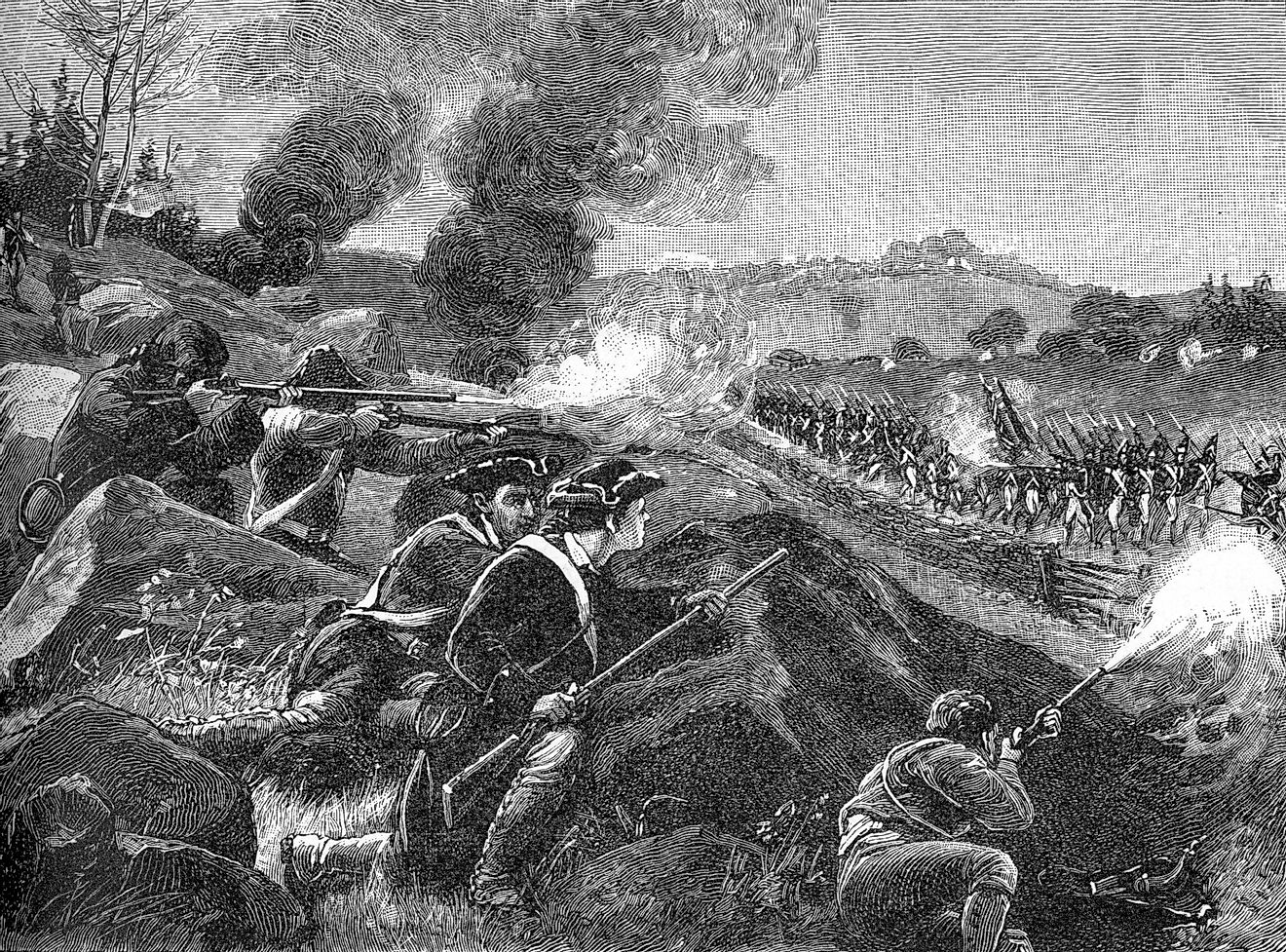The Battle of Lexington and Concord: The American Revolutionary War

5. Background
The Battles of Lexington and Concord were the first battles fought during the American Revolutionary War. Occurring on April 19, 1775 in Middlesex County, Massachusetts, the battle was dispersed across the countryside near the towns of Lexington and Concord. Apart from these, the towns of Lincoln and Cambridge near Boston also served as battlegrounds as well. The battles of Lexington and Concord led to the open armed conflict between Great Britain and its thirteen American Colonies that would ultimately lead to the latter’s independence from the rule of the former. These battles marked the start of military engagements for the American Revolutionary War, and laid the foundation for long fight for independence to come.
4. Makeup
The British “Redcoats” were comprised by around 700 infantrymen, which were sourced from 11 of Gage's 13 British Regiments occupying Massachusetts Colony. In command of these British troops, Major Pitcairn was in control of ten infantry companies, while Lieutenant Colonel Benjamin Bernard was in command of 11 grenadier companies. The British Army went about from Boston to Lexington to capture two noteworthy rebel leaders, Samuel Adams and John Hancock. They set out with an intention to destroy the American stores of weapons and ammunition in Concord. Paul Revere, however, warned the colonists beforehand that the British Army was planning on an expedition to seize all of their military armaments from them, as the British had been informed of the arms stores’ locations in Concord. Every step the British took, the blue-wearing militia knew beforehand. Due to this line of information, the rebel leaders were able to plan and successfully secure and move their ammunition well before the British arrived.
3. Description
When the Redcoats, under the command of General Pitcairn, entered the outskirts of Lexington at sunrise, they were observed by, though not fired upon, right away. Lexington was being defended by armed rebels under the command of John Parker. As Pitcairn rode ahead, he warned the rebels, “Disperse, or be fired upon!” The battle then followed at Lexington, as a result of a lone gunshot that went off. The source of this shot, which is still unknown to this day, was the first gun to be fired in the War for American Independence. There were no more than 80 militiamen in the town but, with this gunshot, they and much of the English-speaking world at that time were drawn into the Revolutionary War. This gunshot was “heard around the world”, as said by Ralph Waldo Emerson in his poem Concord Hymn. Eight Massachusetts militiamen from Lexington were killed, while ten more were wounded. The British suffered but one casualty in Lexington on that day.
The British then set out to Concord, after the engagement of the Americans who now were fleeing from Lexington, in search of the militia's hidden weapons and ammunition. The Americans who had fled to the outskirts of Concord saw from the North Bridge that the British were marching towards the town. The militiamen lacked the strength of the British forces, as the British Regulars numbered 700, while the Rebels stood at only 250-strong. Nonetheless, the Americans crossed the North Bridge in time, defeating the British troops there. As additional reinforcement forces from the west joined them, the Rebels’ numbers, and confidence, grew. Outnumbered and without a leader, the British Regulars realized the imminence of their defeat. Realizing that the American forces were growing strong rapidly, British commander Colonel Francis Smith decided that it was time for the British to retreat.
2. Outcome
The Massachusetts Bay Militia had John Parker, James Barrett, John Buttrick, and William Heath at the helm of their command. The British forces were led by Francis Smith, John Pitcairn, and Hugh Percy. The British saw a loss of 73 men and 174 wounded men, as well as 53 men missing, by the time they had retreated back to Boston. The Americans had made their forces stronger, and harassed the British all along their retreat. The Americans realized a loss of 49 men, 41 more were wounded, and 5 were missing. The weapons used included small- to large-sized musket rifles, as well as canons to bypass fortifications.
1. Significance
The Americans won the battle, proving that they were not a troop of unorganized rebels, but an army which deserved respect. With these battles began the American Revolutionary War and, with their surprising success on that day, the Rebels’ courage to unite and fight against the British was restored. Across parts of these battle sites today, Minute Man National Historical Park is maintained by the National Park Service, the Lexington Battle Green is a National Historic Landmark and on the National Register of Historic Places, and numerous monuments, plaques, statues, memorials, and other commemorations dot the area.







